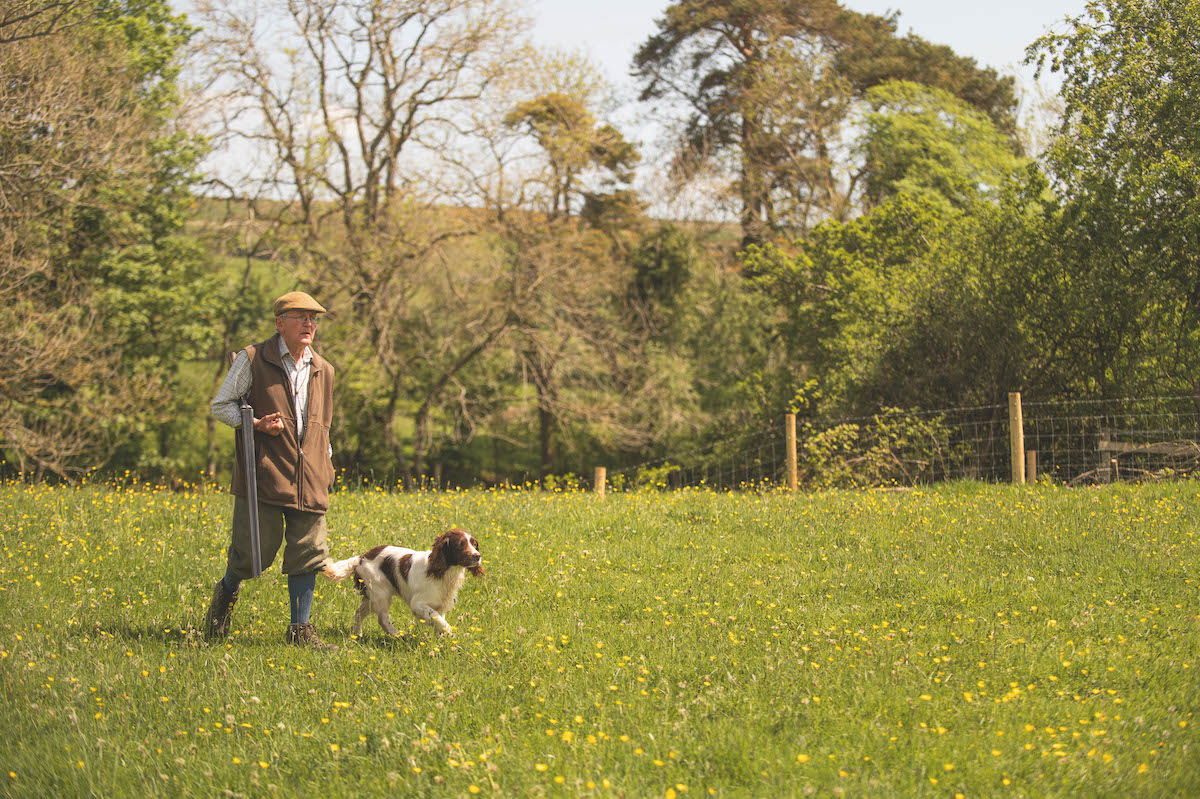Number of shotgun licence holders is now in decline
New Home Office figures show that shotgun licence holders are down 4% year on year, while there are some worrying age and gender trends, reports Steve Faragher

The latest Home Office statistics on gun licensing have now become available. Running until 31 March 2023, the annual statistics offer an intriguing insight into the health of gun ownership in the UK.
The latest figures show a 4% decrease year on year in the number of shotgun certificate holders, which continues a disturbing trend. Since 2014, we have lost the best part of 100,000 shotgun licence holders, down from a high point of 583,000 to just 501,00 today.
The figures also show a 6% fall in registered firearms dealers (RFDs) in the past year, those licensed to sell us guns.
Martin Parker, BASC’s head of firearms, said: “New certificate holders are the lifeblood of the sport, and delays in granting applications are clearly putting off some people who are wishing to take it up. The drop in RFDs may well reflect this. New certificate holders spend a significant amount on guns and equipment.”
Digging deeper, it’s not all bad news for the trade, as those who continue to shoot are owning more guns per head than before — perhaps as they have taken on the guns of those who have given up. Shotgun licence holders now own an average 2.7 shotguns each, the largest number since records began in 2009. (Read how to get a shotgun certificate.)
Shooters are getting older though, with 67% of all shotgun shooters now over the age of 50, and 94% male.
This is something of concern to Graham Downing, regular ST contributor and secretary of the British Shooting Sports Council. “An ageing shooting population, which has been noted in countries across Europe, is of course a worrying trend,” he told ST.
“Much is already being done by shooting associations and clubs to broaden the sport’s appeal to younger people and to women, but this is a clear signal that we must redouble our efforts to ensure that shooting’s participation base is more reflective of the population as a whole.”








